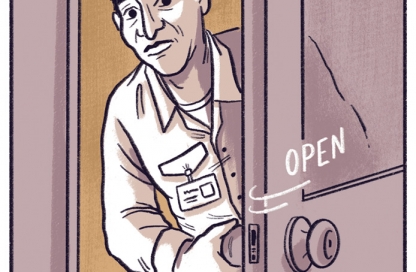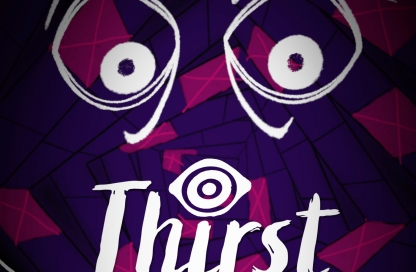Scrivener: Writing tool 2.0
Writing on a computer can sap your soul. While the keyboard/screen combo has improved the process of producing and publishing the written word, an argument can be made that it hasn’t improved writing.
Typewriter fans insist that typing directly onto the paper, with only white-out as a fallback, deepens the writer’s relationship with their work.
Pen and paper fans insist that slowing the process of getting the word on the paper also slows down the writer’s inclination to turn the phrase all wrong.
Stone and chisel fans…well, you get the idea.
But no writer works the same, and no writing tool fits all writers. When WordPerfect came out, thousands of us jumped on the ability to pound away at our craft, producing more words faster than ever before in the history of word pounding. Thousands of us also lost millions of words in crashes and power outages and other non-redundant ways.
Microsoft’s Word made word processing a mainstream affair, providing millions of us an alternative to the archaic typewriter. It added so many features that our PCs were brought to their knees, followed soon after by hundreds of “simpler” word processors meant to show Word how it’s really done.
But in that hectic, accelerated unfolding of events something was lost. Sure, we could embrace the bloat of Word that would do everything. or we could have the free/shareware word processor that was one step up from a simple txt editor. But the struggle to be simple or comprehensive made us take our eyes off of helping the modern writer write better.
Tools can do that. If they get out of the way when they’re not needed, and step in gracefully when you’re stuck, then they can help make you a better writer.
Isn’t it ironic then that Nanowrimo, the November online event that asks writers to churn out a draft of a book in 30 days, would be a catalyst for a word processor that helps us slow down, plot, think?
Scrivener, in the words of the developer, is a word processor that “is the notebook, the index cards, the cork notice-board and the ring-binder” for your story. It’s ambitious in that it tries to take the natural inclination for us to produce quickly and make it work with a toolset that focuses on, well, focus. The software is built for writers who like to plot and organize, but it’s also designed for writers who would like to learn to plot and organize.
I was a Nanowrimo participant when Scrivener was just taking off. I was writing an awful book that never saw November. I’d been browsing the boards for other comments on how horrid everyone felt about their work when I noticed about 372 mentions of a new word processor that was helping some writers get their shit together. Scrivener was a miracle, some said. Others praised its promise, focusing mostly on the ability to see parts of your story in a visual way. Either way, Scrivener was the buzz among the thousands of writers who participated that year.
The rest is history. The Scrivener developer, Keith Blount, has listened to writers; to what they need, what they want and what they hate about writing today.
But, as I wrote above, not every tool works with every writer. So is Scrivener for you?
Some top benefits include, but are not limited to:
1) Focus on story structure
Scrivener asks the writer to organize the structure of their story. In a book, for example, each chapter can be its own folder. This allows you to interact with it as a piece of the puzzle that you’re putting together. The chapter folder can include all the assets for the chapter including research, brainstorming notes, pics, you name it.
2) Ability to track drafts, versions and even discarded experiments
You’ll never lose any work for two reasons. One, Scrivener saves in the background every few seconds. That’s a common feature these days. But not as common is a filing cabinet of every word you’ve ever typed for the story. If you take your story off in a direction that doesn’t work, but you want to preserve some gems from the work you produced, it’s easy to organize and access your own words.

3) Exporting
Scrivener exports to a boatload of file formats. For authors, you can use Scrivener to make epub, Mobi, rtf, html, pdf, or any other publishing standard. For screenwriters, you can export to Final Draft format. With Scrivener, it’s not just about writing the work, it’s also about getting the work out there looking professional.
In the final analysis, Scrivener is one of those rare products that tries to be everything to everyone and actually pulls it off. If you’re a fly-by-your-pants writer who eschews structure in favor of banging out strung-together platitudes, then Scrivener helps you collect your thoughts. And if you’re a plot-loving phrase-sculptor with a proclivity for treating every word like a stone to stand on, then Scrivener’s toolset will provide every anal tendency with its own arsenal. And by covering both extremes, Scrivener likely has you covered, too.
Download Scrivener and try it for free. Do yourself a favor and browse the video tutorials first. Scrivener is a robust tool, but there is a learning curve.




